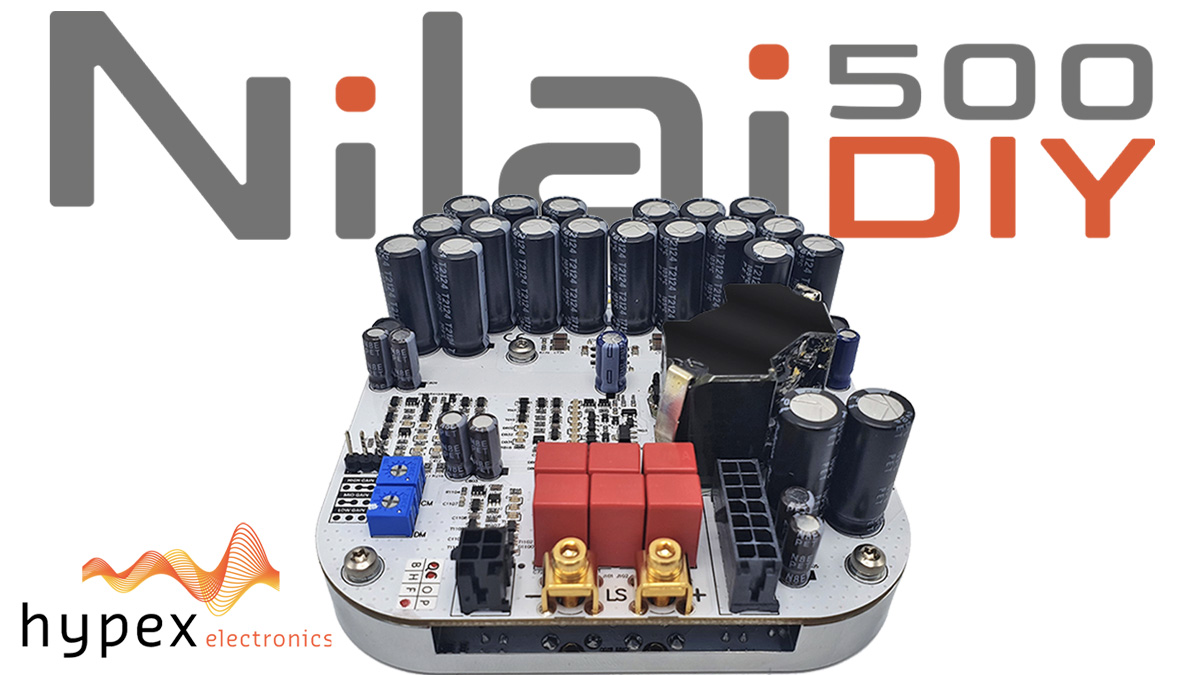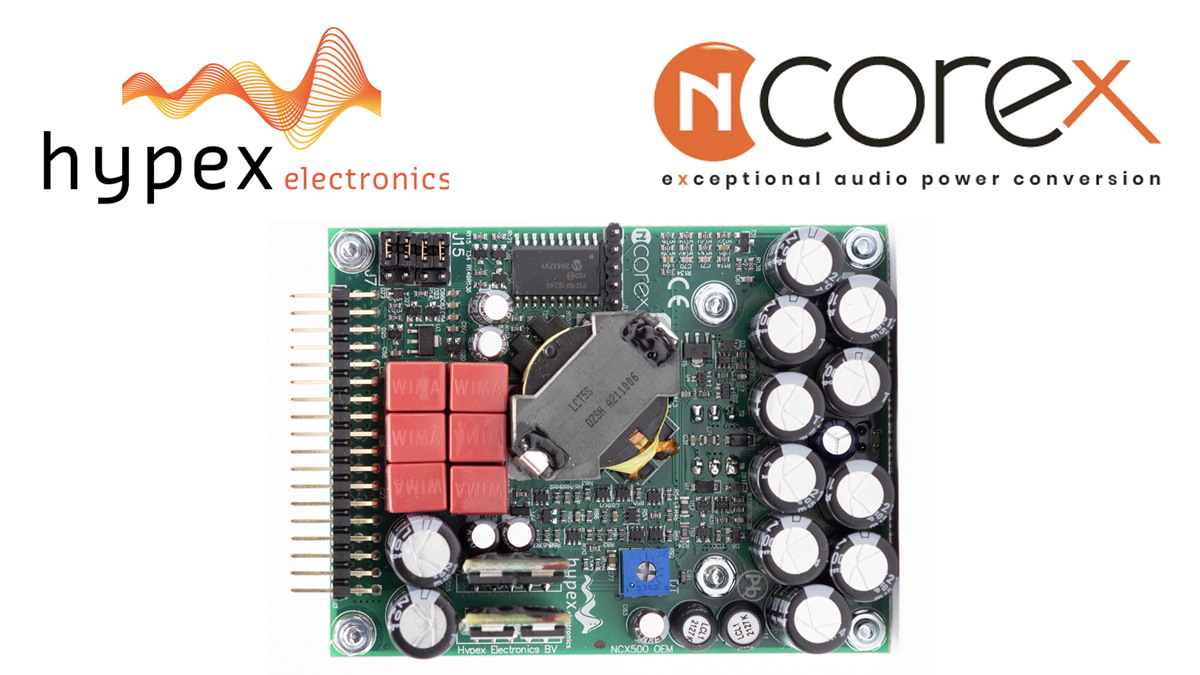A comment on THD+N vs. SINAD: These are usually close but not always exact because not everybody measures the same. Consider the following IME.
Audio commonly measures THD+N by measuring THD when driven by the signal, which is harmonic spurs (only) relative to the fundamental, and then noise by shorting the inputs and measuring the output noise. Combining (normally RSS -- square root of the sum of the squares) yields THD+N. Thus THD is the ratio of signal to the sum (typically RSS) of harmonic distortion terms, and noise is measured with no signal present. THD neglects other spur sources like power-supply noise, clock noise, and so forth. Noise measured this way ignores the influence of signal level on the noise, and may include power supply spurs and other "noise" in the measurement.
SINAD is meant to be all-encompassing and so includes harmonic and non-harmonic distortion terms (can include things like clock noise/spurs, power supply noise/spurs, etc.) as well as in-band noise. It uses the ratio of the signal to all other terms captured by the measurement so generally is a little worse than THD+N.
SNR is ideally the ratio of the signal to only noise, though again some include other terms in the SNR. A fairly common scheme is to apply a signal and subtract out the harmonic distortion terms, since a long FFT has narrow enough bins that the result is not significantly affected. High power or other spurs can corrupt the "pure" SNR measurement.
Both measurements include noise in the fundamental (and harmonic) bins so a high level of noise can cause errors in their level. This is usually important only at very low power levels, as harmonic spurs approach (and often fall below) the noise floor, and is one reason for the rise in THD+N at low power levels (it is dominated by noise).
A single number is often useful as a baseline metric, but a more detailed look at the frequency spectrum of the noise and distortion is normally required to make a final decision among comparable devices, and recognition of the system. Low noise may be more important for highly-sensitive speakers, for example, along with low power-supply spurs. Switching power supplies put the supply noise at very high frequency, above the audio band, so may be desirable in some applications. Etc.
Spread-spectrum communications and some other RF applications can make calculating these terms challenging on the actual "live" signals...
Audio commonly measures THD+N by measuring THD when driven by the signal, which is harmonic spurs (only) relative to the fundamental, and then noise by shorting the inputs and measuring the output noise. Combining (normally RSS -- square root of the sum of the squares) yields THD+N. Thus THD is the ratio of signal to the sum (typically RSS) of harmonic distortion terms, and noise is measured with no signal present. THD neglects other spur sources like power-supply noise, clock noise, and so forth. Noise measured this way ignores the influence of signal level on the noise, and may include power supply spurs and other "noise" in the measurement.
SINAD is meant to be all-encompassing and so includes harmonic and non-harmonic distortion terms (can include things like clock noise/spurs, power supply noise/spurs, etc.) as well as in-band noise. It uses the ratio of the signal to all other terms captured by the measurement so generally is a little worse than THD+N.
SNR is ideally the ratio of the signal to only noise, though again some include other terms in the SNR. A fairly common scheme is to apply a signal and subtract out the harmonic distortion terms, since a long FFT has narrow enough bins that the result is not significantly affected. High power or other spurs can corrupt the "pure" SNR measurement.
Both measurements include noise in the fundamental (and harmonic) bins so a high level of noise can cause errors in their level. This is usually important only at very low power levels, as harmonic spurs approach (and often fall below) the noise floor, and is one reason for the rise in THD+N at low power levels (it is dominated by noise).
A single number is often useful as a baseline metric, but a more detailed look at the frequency spectrum of the noise and distortion is normally required to make a final decision among comparable devices, and recognition of the system. Low noise may be more important for highly-sensitive speakers, for example, along with low power-supply spurs. Switching power supplies put the supply noise at very high frequency, above the audio band, so may be desirable in some applications. Etc.
Spread-spectrum communications and some other RF applications can make calculating these terms challenging on the actual "live" signals...


